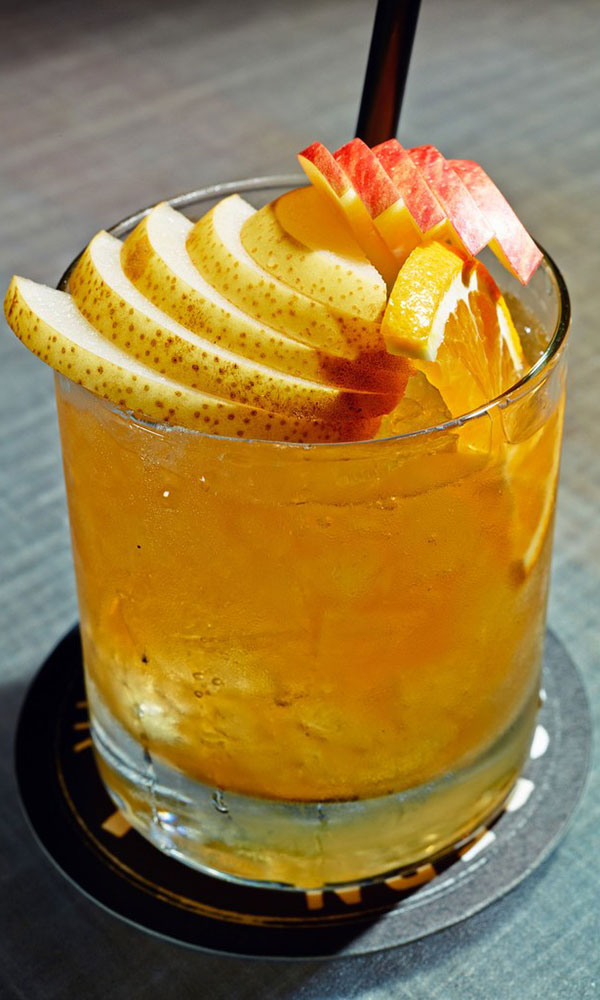In saratoga living‘s 20th Anniversary issue, we introduced you to native Londoner William Roach, the Wine Director at Putnam Market’s Wine Room on Broadway in Saratoga Springs, who provided you with 20 incredible pieces of wine knowledge that he learned throughout his 20 years in the business—and has taught many a connoisseur-in-the-making (he holds a level four diploma in Wine & Spirits from the Wine & Spirits Education Trust). Now, he’ll be contributing a regular wine column to saratogaliving.com. Here’s the first installment of what we’re calling Wine Wednesdays With William.
Sir John Falstaff will be making an appearance in Saratoga Springs this summer, thanks to The Saratoga Shakespeare Company’s production of Henry IV. With him will come a soliloquy celebrating sherry. Then, as now, sherry was a fortified wine from southern Spain, made stronger by the addition of distilled spirits, the secrets of which spread into Europe with the Moors, who held sway over the region of Andalusia for seven centuries. Sherry is between 15.5 percent and 20 percent alcohol: cream sherries have been sweetened.
Falstaff argues that sherry promotes a quick mind and a nimble wit, a warming of the blood and a rousing of valor. Abstinence leads to cowardice, no sense of humor, and the inability to father sons. Shakespeare’s audience would’ve known all about the effects of drinking sherry. England was at war with Spain for most of Elizabeth’s reign and twice, in the decade before Shakespeare wrote Henry IV, England attacked the harbor and town of Cadiz, sank the Spanish fleet and made off with thousands of barrels of wine. For the Elizabethans, sherry was strong, plentiful and made for perfect stolen goods; quite enough to account for its popularity with the English.
The other reason for sherry’s success was uncovered eventually by biologist Louis Pasteur. Alcohol in a concentration of around 18 percent has an anti-microbial effect. Despite the long sea voyage from Jerez—or Cadiz as the English have it—where other wines would have spoiled, sherry was drinkable. Good relations between Spain and England resumed after Elizabeth’s death, but the almost continual global wars of the 18th century shrank sherry’s export business, and the Peninsular Wars, at the culmination of the fighting, devastated Jerez. From 1820 onwards, the industry regrew. Sherry’s ability to survive an ocean passage made it the wine of choice for an increasingly prosperous and curious world, not least in the United States.
By the mid 19th century, about the time of the first running of the Travers Stakes at Saratoga Race Course, America was drinking sherry and madeira—but not during the summer months, as they are heavy, non-thirst-quenching drinks. Into this picture, from the north, came ice, harvested on an industrial scale from frozen lakes and rivers, shipped by rail, and stored across the country in insulated buildings known as ice houses. Simultaneously, from the south, particularly from the recently assimilated state of Florida, came sugar and citrus fruits.
***

So now that you’ve brushed up on your Shakespeare and sherry, let’s turn your attention to William’s weekly Taste Challenge, which puts the onus on you to roll up your sleeves and, well, drink a little bit.
Taste Challenge No.1
Grab the following ingredients: oloroso sherry, simple syrup, oranges and ice. Using your sense of taste—and your good judgement to determine the proportions—turn them into a Sherry Cobbler. It should be light, citrus-y, gently nutty and refreshing. This is the cocktail that Dickens celebrates in his novel Martin Chuzzlewit, and which captivated the United States 150 years ago.
If that’s too much to ask, you can go and see my friend, former colleague, and master mixologist, Brendan Dillon, whose excellent establishment on Caroline Street, Hamlet & Ghost, has its own Shakespearian connection front and center. Tell him William sent you.
The Saratoga Shakespeare Company perform As You Like It July 17 – July 28, and Henry IV July 31 – August 4. Performance starts at 6pm. No Performances Sunday and Monday.
